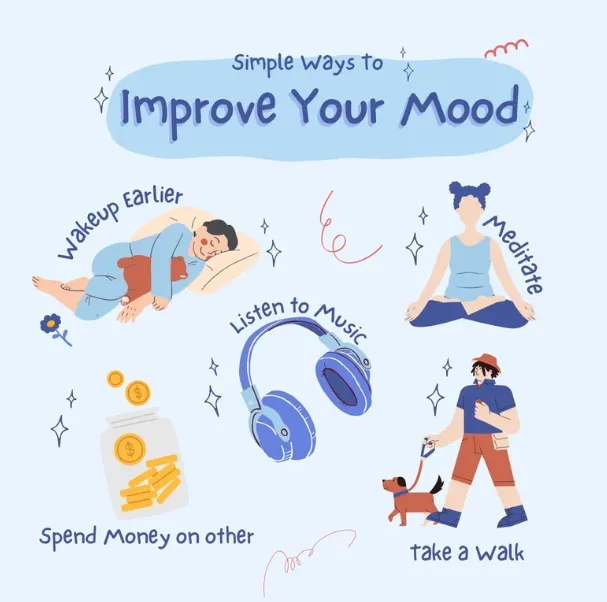No signs of bed bugs but i have bites
No signs of bed bugs but i have bites. If you have red and itchy spots on your skin, you may worry you’re dealing with bedbugs. But the bites can be difficult to identify unless you find evidence of the insects in your home. They can resemble other insect bites or several skin conditions.
No test can specifically diagnose a bedbug bite, but a doctor may be able to help you identify them by ruling out other conditions like hives or a fungal infection.

Keep reading to learn how to identify a bedbug bite and tell them apart from other insect bites and skin conditions.
How to check for bedbugs
Although bedbugs don’t usually require serious medical attention, they can cause a great deal of anxiety and restless nights. To find bedbugs before they find you (and your belongings), dermatologists recommend looking for the following signs near places where you sleep.
Signs of bedbugs: This step is important. If you have a bedbug infestation, you need to find out so that you can get rid of the bedbugs. Getting rid of the bedbugs is the only way to stop the bites.
If you have a large number of bedbugs, you may see the bugs. Most people, however, only see signs of bedbugs. To look for signs of bedbugs, check the places that people sleep for the following:
- A sweet, musty odor. Take a deep breath. If you notice a sweet, musty in your hotel room, cruise-ship cabin, or other sleeping area, there may be a heavy bedbug infestation in the room. Bedbugs produce chemicals to help them communicate, although not everyone will notice the smell.
- Specks of blood on bedding, mattresses, or upholstered furniture such as couches and headboards. Look carefully at your blankets, sheets, and mattress pads and then check the mattress and box spring. Are there specks of blood anywhere, especially near the seams? If so, there could be a bedbug infestation. You should also check for specks of blood on all upholstered furniture, including couches and headboards.
- Exoskeletons. Bedbugs have an outer shell that they shed and leave behind. Do you see shell-like remains on the mattress, mattress pad, or beneath couch cushions?
- Tiny, blackish specks. If you see blackish specks on the bedding, mattress, headboard, or beneath couch cushions, it could be bedbug excrement.
- Eggs. After mating, female bedbugs lay white, oval eggs in cracks and crevices. Keep in mind that these will be small, as a bedbug is only about the size of an apple seed. The photo below shows a bedbug near eggs. The photo was magnified so that you can see the bedbug and eggs.
If you do get bedbugs and have many bites or a bite that looks infected, see a board-certified dermatologist. A dermatologist can treat an infection and help relieve the itch.
Treating bedbug bites
You should see a dermatologist for treatment if you have:
- Many bites
- Blisters
- Skin infection (bites feel tender or ooze discharge, such as pus)
- An allergic skin reaction (skin red and swollen or hives)
Your dermatologist may prescribe medication to treat the following:
- Allergic reaction. Some people may require an injection of an antihistamine, corticosteroid, or epinephrine (adrenaline) for a severe allergic reaction.
- Infection. An infection may require an antibiotic. If the infection is mild, your dermatologist may recommend an antiseptic medication that you can buy without a prescription. Your dermatologist will tell you which one to use. Your dermatologist also may recommend an antiseptic to prevent a skin infection.
- Itch. A prescription antihistamine pill or liquid can help. You also can apply a corticosteroid to the bites. Your dermatologist will tell you which is best for you.
At-home treatment
If you do not have any signs of an infection or a serious reaction, you can often treat the bites at home.
To treat bedbug bites:
- Wash the bites with soap and water. This will help prevent a skin infection and help reduce itchiness.
- If the bites itch, apply a corticosteroid cream to the bites. You can get a weak form of this medicine without a prescription at your local drugstore. Stronger corticosteroids require a prescription.
Can you have bed bugs without seeing bugs?
You can have bedbug bites even if you do not see the bedbugs or feel their bites. But you may be able to find signs of bedbug infestation. Bedbug bites can also look similar to other bug bites.
Most bedbugs that bite humans are reddish-brown with a flat, oval-shaped body. They’re usually about 1 to 7 millimeters (mm).
long, have six legs and don’t have visible wings.
Identifying bed bug bites on humans
Bedbug bites tend to look similar to other insect bites. The bites are very itchy and smaller than a quarter-inch across. In lighter skin, the bites usually appear red. On skin of color, they can look faint-pink or purplish and turn deep brown the longer they remain on the skin.
They can also develop into large weals (itchy, fluid-filled bumps) larger than 2 inches, especially if you are allergic to them.
Bedbug bites typically occur on parts of your body that are exposed while you sleep. This includes the following:
- face
- neck
- arms
- hands
- feet
Bite marks often appear in the “breakfast, lunch, dinner” pattern — a line or zigzag of three or more bites.
How bedbugs infest a space
Bedbugs usually infest the area around where people sleep. They are commonly found in:
- hotels
- shelters
- cruise ships
- busses
- trains
- offices
- cinemas
Traveling increases the risk of bedbug infestation, as you can unintentionally carry them home in your luggage. They tend to hide within 8 feet of where people sleep.
How can I tell if bites are from bedbugs?
The easiest way to know that your bites are from bedbugs is to find evidence of them in your home. Signs of bedbugs include:
- reddish or rust-colored stains on your sheets or mattress from crushed bugs
- tiny dark spots from bug feces
- specks of blood on your bed or upholstery
- finding eggs that are about 1 millimeter in size
- shed exoskeletons
- a sweet and musty odor
Where bedbugs hide
Bedbugs are most active at night when they feed. During the day, they like to hide in tight crevices. Some places they commonly hide include:
- in seams of chairs and couches
- between cushions and in the folds of curtains
- around the edges of drawers
- in electrical outlets
- under loose wallpaper
- at the corner of the wall and ceiling
- in small cracks in your bed or furniture
When to call a doctor
If you notice your bites after traveling, searching for bedbugs might be impossible. In this case, you may want to call a doctor. A doctor may be able to identify bites visually or rule out other potential skin conditions.
It’s also a good idea to contact a doctor if:
- you develop a fever
- your bites become swollen
- your bites blister over
What do Bedbug bites look like?
Since it can be difficult to differentiate between bedbug bites and other insect bites, knowing what bedbug bites look like is invaluable in determining whether you have a possible bedbug infestation in your home. To gain a better understanding of what you’re dealing with, pay close attention to these symptoms.
Shape and appearance
If you notice any itchy welts that are red and raised, you may have identified a bedbug bite. Bedbug bites typically present themselves in a zigzag pattern or cluster in certain areas of the body such as the neck, arms, hands, and face. Depending on the individual, skin reactions to a bedbug bite can show up anytime within a day or not develop until several days later, if at all.
Location
Why do bedbugs bite around the neck, face, arms, hands, and other specific parts of the body? Bedbugs prefer to seek refuge in beds and feed on human blood while we sleep, hence the name “bedbug.” They latch onto exposed skin, which explains why the neck, arms, hands, and face tend to be the areas most vulnerable to bites. This gives a whole new meaning to the saying “sleep tight, don’t let the bedbugs bite.”
Allergic reactions
As with any type of insect bite, each individual can react differently. Due to the anesthetic and anticoagulant bedbugs inject at the time of the bite, the bite itself is painless.
Some people can develop a dermal allergic reaction to the saliva bedbugs transmit during the biting process. The saliva is typically what causes the skin to become raised, red, and itchy. Other people have no reaction to a bedbug bite, making it that much more difficult to recognize that there may be an infestation problem.
If bedbugs are in fact the cause of your bites, don’t hesitate to seek professional help. Our friendly experts at Moxie Pest Control are highly trained on how to identify, treat, and eradicate an infestation caused by bedbugs or other biting insects.






